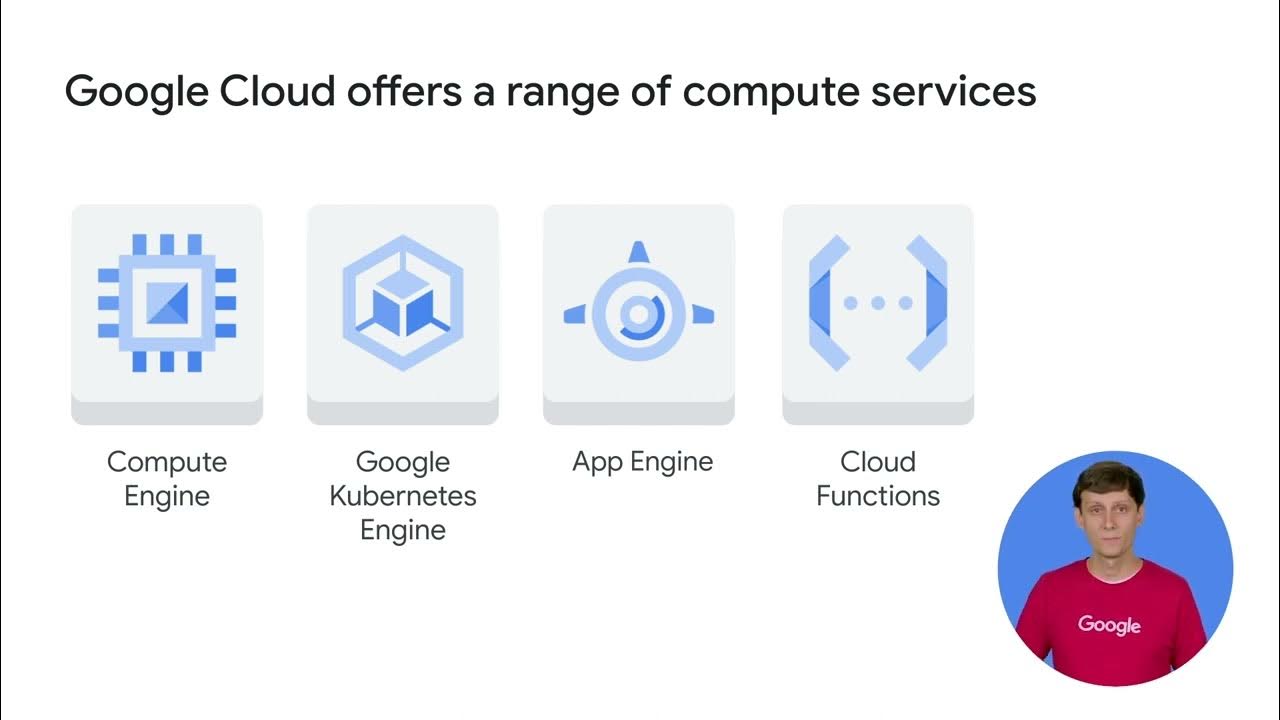Node.js Tutorial - 3 - Chrome's V8 Engine
Summary
TLDRThis video delves into Chrome's V8 engine, the open-source JavaScript engine developed by Google. It explains that V8, written in C++, executes JavaScript code and can be embedded into C++ applications, enabling the addition of features like file handling and network operations to JavaScript. The video highlights how this capability led to the creation of Node.js, which allows C++ code execution triggered by JavaScript. The script encourages viewers to understand the V8 engine's role in enhancing JavaScript's capabilities.
Takeaways
- 💻 JavaScript code requires a JavaScript engine to be executed, which converts it into machine code for the computer to understand and perform tasks.
- 🌐 Major web browsers have their own JavaScript engines, such as V8 for Chrome, Spider Monkey for Firefox, JavaScript Core for Safari, and Chakra for the original Microsoft Edge.
- 🔍 Google's V8 engine is open-source and is the focus of the discussion, as it is the core of Node.js, allowing for the execution of JavaScript code.
- 📘 ECMAScript is the standard language specification for JavaScript, and V8 implements ECMAScript as specified in ECMA-262.
- 👨💻 V8 is written in C++, which is a crucial point as it demonstrates that the engine itself is not written in JavaScript, but in a lower-level language.
- 🧩 V8 is versatile and can run as a standalone engine or be embedded into any C++ application, providing flexibility in its use.
- 🛠️ Embedding V8 into a C++ application enables the creation of new features and functionalities that extend beyond what is available in JavaScript alone.
- 📚 The creation of Node.js was made possible by embedding V8 into a C++ application, allowing for lower-level operations like file handling, database connections, and network operations.
- 🔑 By using V8, developers can add functionality to JavaScript that is typically available in C++, such as system-level operations, thus expanding the capabilities of JavaScript.
- 🔄 The script emphasizes the importance of understanding the V8 engine for those interested in the deeper workings of JavaScript and Node.js.
- 🔜 The video series will continue to explore JavaScript concepts, with the next topic being the JavaScript runtime environment.
Q & A
What is a JavaScript engine and why is it necessary?
-A JavaScript engine is a program that converts JavaScript code written by developers into machine code, allowing a computer to perform specific tasks. It is necessary because JavaScript code cannot be understood by a computer in its written form and must be executed through a JavaScript engine.
Which major web browsers have their own JavaScript engines?
-Major web browsers have their own JavaScript engines: Google Chrome uses V8, Firefox uses Spider Monkey, Safari uses JavaScript Core, and the original Microsoft Edge uses Chakra.
What is the V8 engine and what is its significance in the development of Node.js?
-The V8 engine is Google's open-source JavaScript engine that sits at the core of Node.js. It is significant because Node.js was created by embedding V8 into a C++ application, allowing for the execution of JavaScript code with additional features and functionality.
How is the V8 engine related to the ECMAScript standard?
-V8 implements ECMAScript as specified in ECMA-262, which is the standard language specification for JavaScript. This means that V8 adheres to the official rules and features defined by the ECMAScript standard.
Is V8 engine code written in JavaScript?
-No, the V8 engine's code is written in C++, not JavaScript. This is an important distinction as it shows that the engine itself is a lower-level application that can execute higher-level JavaScript code.
Can the V8 engine run standalone or does it need to be embedded into another application?
-V8 can run standalone to execute JavaScript code. Additionally, it can be embedded into any C++ application, providing the ability to extend JavaScript's capabilities with C++ features.
What is the advantage of embedding the V8 engine into a C++ application?
-Embedding the V8 engine into a C++ application allows developers to write C++ code that gets executed when JavaScript code is run. This enables the addition of new features to JavaScript, especially those that involve lower-level operations like file handling, database connections, and network operations.
What does it mean for a JavaScript engine to 'execute JavaScript code'?
-Executing JavaScript code means that the JavaScript engine processes the code, interprets it, and translates it into actions that the computer can perform, such as calculations, rendering web pages, or handling user input.
How does the V8 engine facilitate the creation of Node.js?
-The V8 engine facilitates the creation of Node.js by being embedded into a C++ application. This allows Node.js to execute JavaScript code and also to perform additional operations that are typically handled by C++, thus expanding JavaScript's capabilities.
What is the purpose of the GitHub repository for the V8 engine?
-The GitHub repository for the V8 engine serves as the source code hub for the engine. It allows developers to view, contribute to, and collaborate on the development of the V8 engine.
What does the term 'standalone' mean in the context of the V8 engine?
-In the context of the V8 engine, 'standalone' refers to the ability of the engine to operate independently, executing JavaScript code without being integrated or embedded into another application.
Outlines

Dieser Bereich ist nur für Premium-Benutzer verfügbar. Bitte führen Sie ein Upgrade durch, um auf diesen Abschnitt zuzugreifen.
Upgrade durchführenMindmap

Dieser Bereich ist nur für Premium-Benutzer verfügbar. Bitte führen Sie ein Upgrade durch, um auf diesen Abschnitt zuzugreifen.
Upgrade durchführenKeywords

Dieser Bereich ist nur für Premium-Benutzer verfügbar. Bitte führen Sie ein Upgrade durch, um auf diesen Abschnitt zuzugreifen.
Upgrade durchführenHighlights

Dieser Bereich ist nur für Premium-Benutzer verfügbar. Bitte führen Sie ein Upgrade durch, um auf diesen Abschnitt zuzugreifen.
Upgrade durchführenTranscripts

Dieser Bereich ist nur für Premium-Benutzer verfügbar. Bitte führen Sie ein Upgrade durch, um auf diesen Abschnitt zuzugreifen.
Upgrade durchführen5.0 / 5 (0 votes)






